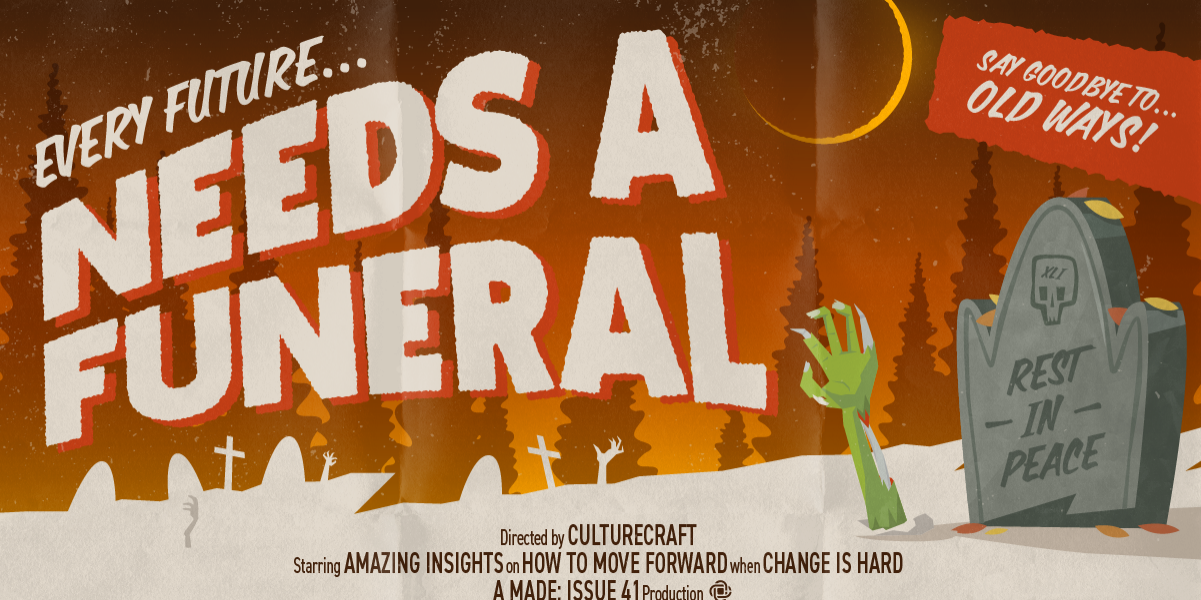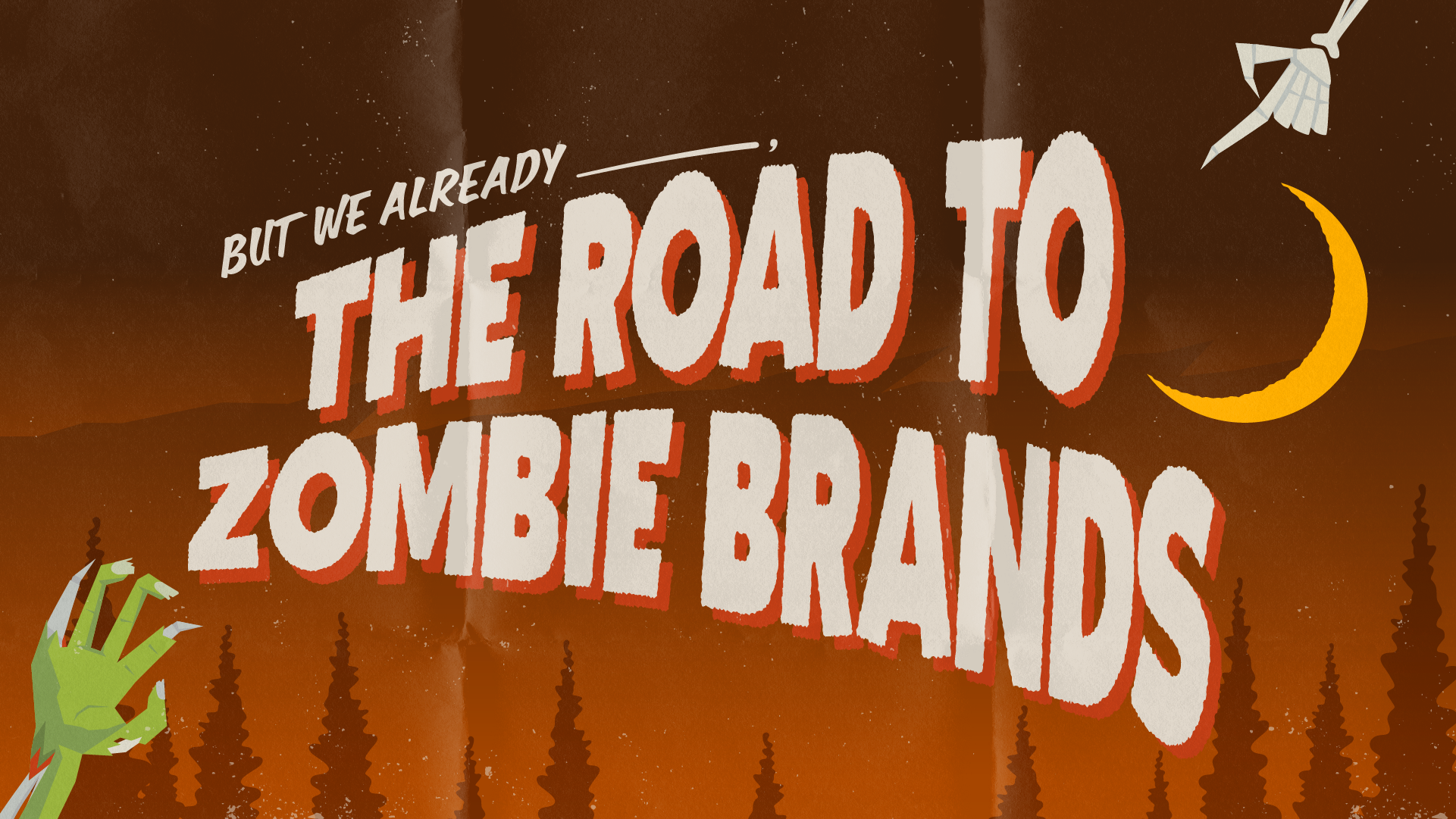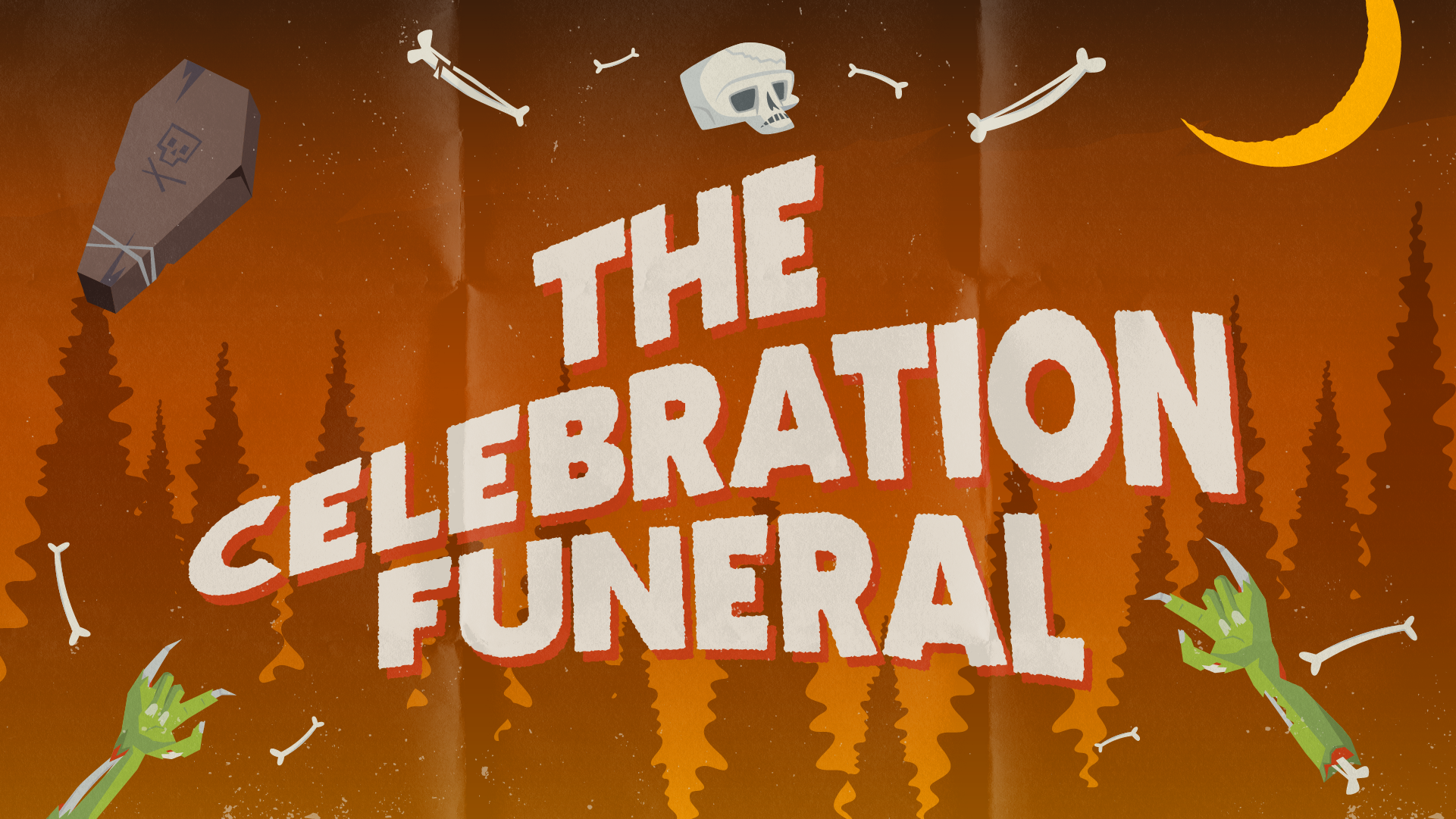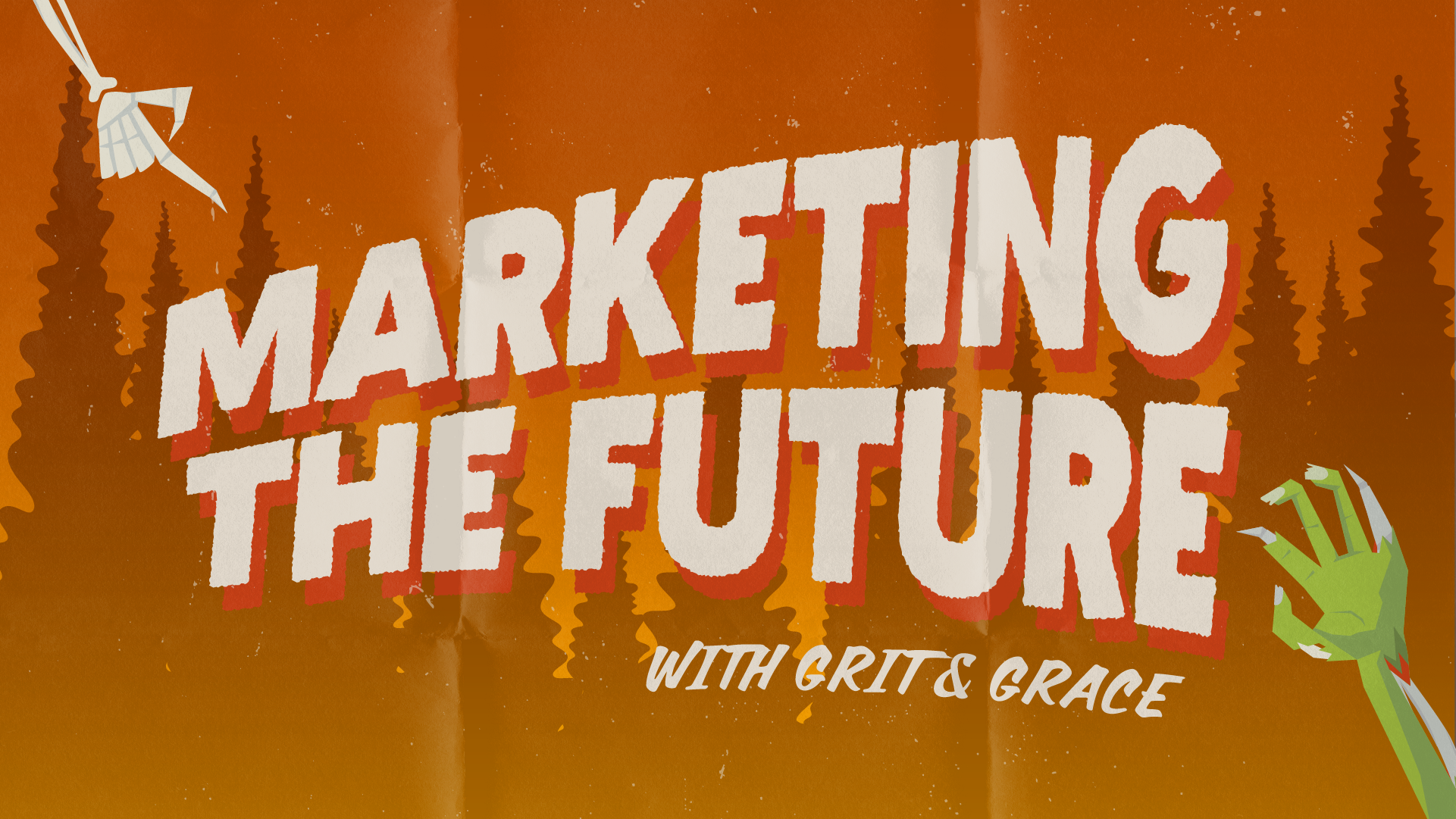How C-Suite Executives Can Overcome Sunk-Cost Bias and Change Their Brands
We’ve all stayed in things too long – bad jobs, unhealthy relationships, crummy movies, conversations, projects, homes, hobbies, addictions, and more.
And if you’re a business leader, entrepreneur, or just someone trying to make a go of a new idea, you know how hard it can be to let go of an old one.
Once we’ve invested time, money, energy, and hope into something (an email marketing campaign, an old logo design, a once-successful business plan, etc.) it can be difficult to walk away from it.
Even if it shows very little chance of success or relevance anymore.
We see this all the time with our clients and potential clients. We watch them contend with the knowledge that something (usually lots of things, actually) must now change but still feeling the weight of all those hours and dollars and dreams that will now go “wasted”.
Of course, those hours and dollars aren’t wasted. They were invested in the pursuit of learning what works, and what doesn’t. And in many cases, something works for a while and then stops working. Learning at the speed of the zeitgeist is one of the biggest challenges for today’s brands.
The current reality is that much does have to change. As we said earlier this year, a recent Alix Report found that 94% of CEOs feel they’ll need to change their business plans in the next 3 years to meet the emerging economy and all its smart, but exhausted, customers.
Maybe you’re in the good company of those 94%.
If that’s the case, then we wanted to share a few of the insights we give to clients who are in that space – of knowing that a change needs to happen, but still hanging on to what was. Our hope is that you’ll find some footing in these ideas, ways to propel yourself, your teams, and your brand into the future.
Speaking of which, we’ll start with this: every future needs a funeral.
But We Already…
Sunk cost bias or fallacy is the technical term for what we described above: the tendency to stay in any kind of action because of the investment that’s already taken place, even if staying would be detrimental. And while it’s common in many people, leaders seem particularly afflicted by it.
We can understand that. It’s difficult for even non-leaders to shake off that sunk cost bias, let alone executives doing their best to lead whole companies, many of which are in some state of transition. There’s no judgment here.
But we also recognize that sunk cost bias is often symptomatic of other issues like commitment bias or loss aversion in leaders. And more importantly, the leaders themselves have to recognize these parts of who they are and understand that their choices may be impacted by them.
As an example, a leader with loss aversion could be less motivated by the joy of success than by the negative feelings associated with failure. That can limit the likelihood that they will try something new, as the potential for failure will elicit a stronger emotion than the possibility of success.
Leaders with loss aversion often have sunk cost bias as a result.
Understanding these tendencies and how they work, gives you as a leader a powerful insight into your own decision-making habits. Ask yourself, as you’ve thought about the changes that need to be made in your company, has the phrase “But we already spent\did\said…..” popped into your mind?
If so, you might be staring some sunk cost bias in the face.
Here are some ways to work through it.
The Celebration Funeral
First and foremost, sunk cost bias is rooted in the past. Past successes or failures, past spending, past investments, past ideas, past, past, past.
Which means defeating sunk cost begins with leaving the past where it lives – in the past. The very best way to do that, is to celebrate it. Preferably with a funeral.
After all, the best funerals are really just celebrations in disguise.
As you’re preparing to enact changes to your business plan, brand strategy, logo, or other facets of your business, take the time to celebrate and appreciate what came before. “Man, 2017 was a hell of a year wasn’t it? Cheers to that old strategy/software/logo that got us this far. On to the new and next thing!”
Trying to relive or reanimate the past leads to zombie brands, shambling about with little or no direction, looking to the outside for the animation that can only come from within. Celebrate what brought your brand to this place and prepare yourself and your teams to move on.
Once you’ve had your celebration (funeral), here are a few things to make sure of as you get ready to enact change and take on any sunk cost bias that might be lingering:
-
Create\Maintain A Big Picture: Have a strategy that’s focused on the overarching goal you want your brand to achieve. While that might sound elemental, we’ve often found that this can be a notoriously tricky vision for brands and leaders to create and communicate. So tricky in fact, it’s one of the primary reasons agencies like ours exist. So to that end, if you’re having trouble finding or communicating that big picture, reach out for help.
-
Stick to The Strategy: Once you have your big picture, make sure everyone knows it and sticks religiously to it. Any part of the brand, strategy, product, or process that doesn’t fit with the big picture lives in the past now. You know what to do with the past.
-
Use Creativity to Resolve The Gaps: Your big picture is where you want to be, not where you are now. Bridging the divide between the two is the job of creative problem solving. Whether that’s utilizing the brain power of your in-house team, or enlisting the aid of an outside agency like ours, you won’t reach your brand’s big picture by using the same methodology, strategies, or plans you did in the past. As they say, “Your best thinking got you here.” It’s time to start using someone else’s.
Marketing The Future With Grit and Grace
Dr. Robert Leahy, Director of The American Institute for Cognitive Therapy, relays an incredibly insightful observation in his writing on sunk cost:
“Humans are the only animals who honor sunk costs. Humans appear condemned to continually reflect on their past decisions, attempting to make “sense” of them and to justify their future decisions by reference to the past.”
We see this consistent “justification” as a simple, but detrimental, lack of grace.
One of the founding principles we hold at CultureCraft is the virtue of Grit & Grace. We believe the future is only possible when we make the brave choices over the easy ones, and we treat ourselves and others with the grace of a fellow traveler.
We know that it takes grit for leaders to move beyond the past, and even more so to help their teams do the same. And we know that the future can be uncertain, and not arrive in a straight line. Which is why we encourage so much grace, for leaders, for teams, and for outcomes.
As human beings who help other human beings grow and better their brands, we understand why sunk cost bias holds such a powerful influence over leaders.
But we also believe the future of your brand is not rooted in the past. Which means you can’t be either. It’s time to pour it a drink, dig it a hole, and leave it behind. After all, every future needs a funeral first.



